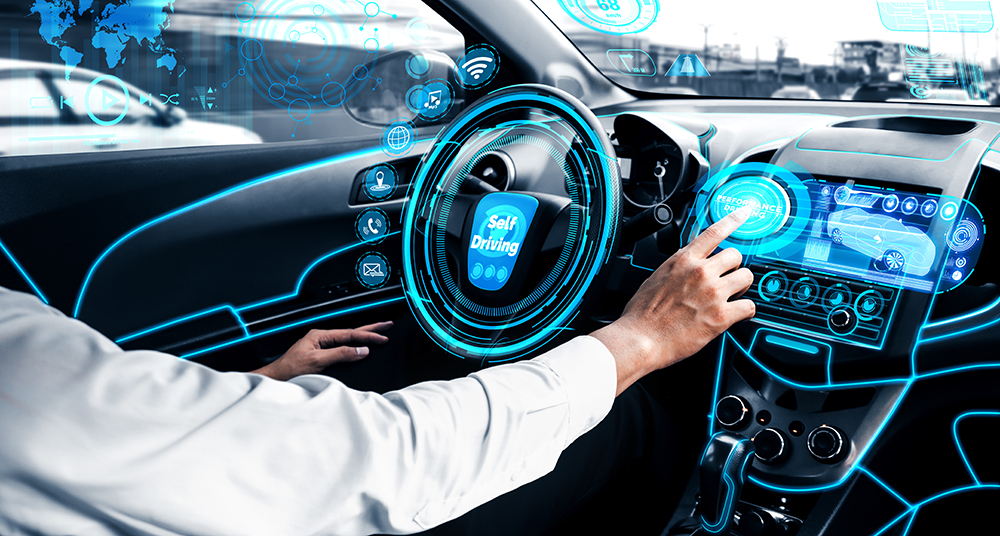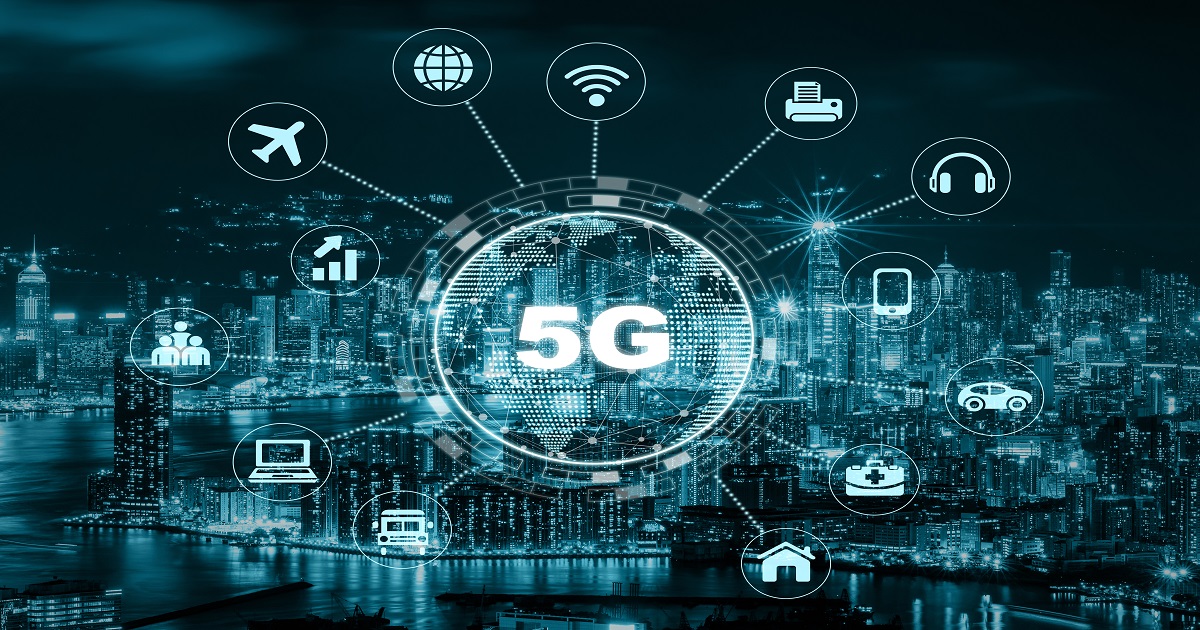
Automakers worldwide are racing to bring to market the latest and greatest connected cars and investing in R&D to enable autonomous driving in the future. In fact, Ovum predicts that, by 2022 there will be 300 million cars on the road boasting different connected features.
Today, the ongoing development of connected vehicles and the continued expansion of the Internet of Things and globally connected devicesis changing the way consumers and manufacturers view the automobile.
Over the next five years, the expansion of “connected things” and the growth of new network standards, namely 5G, will trigger a major shift in the future of vehicles. As cars become more intelligent data collection points and communicate better with one anothera new era ofvehicle production will be born, as manufacturers focus on different types of vehicles for work and personal uses. “Work vehicles” will be focused on enabling the user to be as productive as possible in their mobile office, offering connection to make calls, check messages, and send emails while on the go. Meanwhile “family vehicles” will offer infotainment features to keep family members (parents and kids alike) connected and entertained while on long road trips.
As technology evolves, the automobile will become another platform in a multidevice world. The average connected car generates around 4TB of data each day, as vehicle sensors and personal devices generate ever-greater amounts of data, with insights producing personalized customer experiences and delivering targeted advertising and services.All the data collected will steer automakers’ future vehicle designs too, thanks to the wealth of data on drivers’ preferences at their fingertips.
Opening up New Business Models
The focus on the personalization of the in-car experience will open up new revenue generation opportunities for partners in the connected vehicle ecosystem.And mobile, wireless, location-based systems will create opportunities for dynamic-pricing, single-payment, and consumption-based models to become much more prevalent.
“Experience enablers” such as broadcasters, advertisers and analytics companies can leverage insights from vehicle data collection to offer drivers more customized and relevant services, enhancing both brand loyalty and the in-transit experience, while opening up new business opportunities for automotive manufacturers, allowing them to generate additional revenue through a range of value-add services with retailers, entertainment businesses, advertisers and insurers. .
For example, audio and video streaming platforms will offer audiences new ways to watch and consume content and ads. Seamless connectivity will also enable live streaming content to cars and eventually lead to the development of new media formats such as TV episodes and sports highlights tailored to specific journey lengths.
More advanced data capture also allows brands to make more customized and personalized offers to drivers – such as breakfast deals matching their previous purchases at their favorite coffee shop along their commute. Vehicles can also collect data on car usage and driver behaviour, which in turn helps with usage based insurance policies and assists fleet managers in remote decision-making based on driver performance.
The streaming and entertainment functions of the vehicle of the future will depend on the growth and adoption of 5G networks. While today’s vehicles rely on 4G, the much-hyped 5G standard carries the promise of greater reliability and speed. The next-gen network technology will be able to transport larger amounts of data at high speed with low latency. While 5G will offer huge improvements to the smartphone experience, it is essential to the future of connected cars. However, those benefits only extend as far as 5G network reach. Even with broad 5G coverage, moving cars will need to seamlessly connect to and change between different networks while driving across distances and borders.
A Connected Ecosystem
New technologies like eSIMs and 5G, vehicle-to-everything (V2X) solutions are creating an environment which is not just about how people communicate with cars, but how cars communicate with one another and the world around them. Integrating in-car IoT connectivity with other IoT-enabled services, from smart city systems to smart home applications, can enhance the driver’s experience further as well as improve safety and traffic flow.
Examples of this include a vehicle’s ability to communicate with infrastructure like cars, tolls and parking lots, quickly analyzing data to advise passengers of best routes and locations. Or, not having to worry about remembering to pay for parking, as your car will take care of the payment automatically when you arrive at a parking lot or drive off
Traffic conditions can also be analyzed and be reported to drivers promptly, allowing them to make decisions on which path they would like to take accordingly. It can possibly save time for the drivers and arrive at the destination sooner than anticipated. Not only will parking areas and road systems be transformed, congestion will be reduced, which will have a positive impact on the environment, especially air quality.
With connected cars shifting from science fiction to modern reality and autonomous cars coming into view, the automotive industry provides one of the best, yet most challenging examples of the potential of a global wireless network. The ability for a vehicle to connect with the outside world will undoubtedly enhance the driver and passenger experience and will create new service opportunities along the way.
Ultimately, the crucial thing is that more drivers are able to tap into the opportunities that IoT offers: seamless access to infotainment, predictive maintenance and navigation insights, not to mention the many way in which cars could communicate with the world around it. It will all make our roads safer and people’s lives easier too.
Edited by
Ken Briodagh





